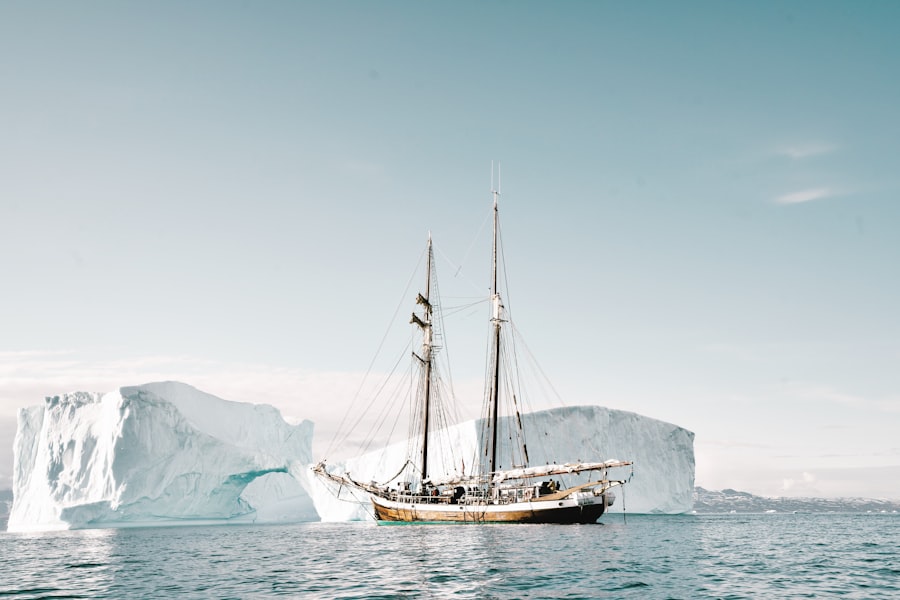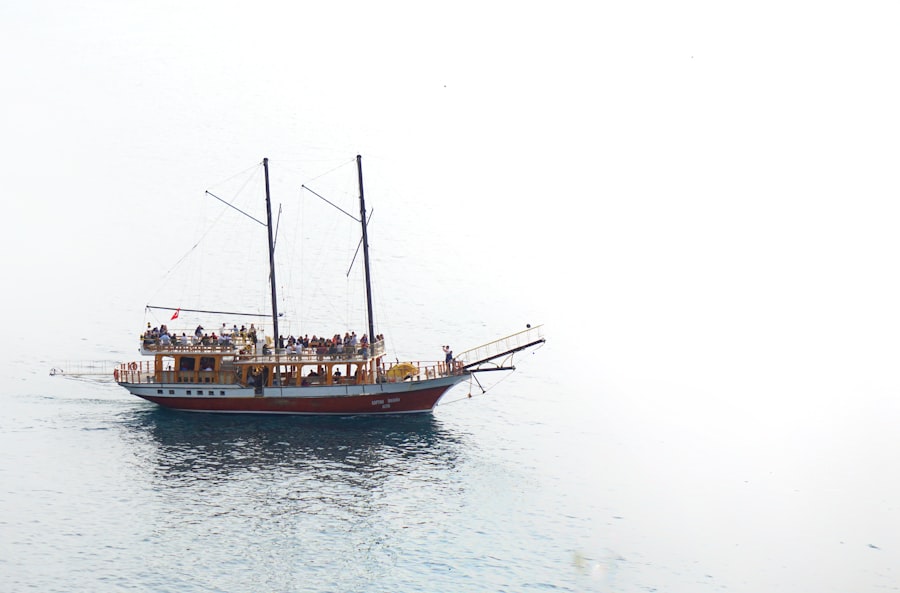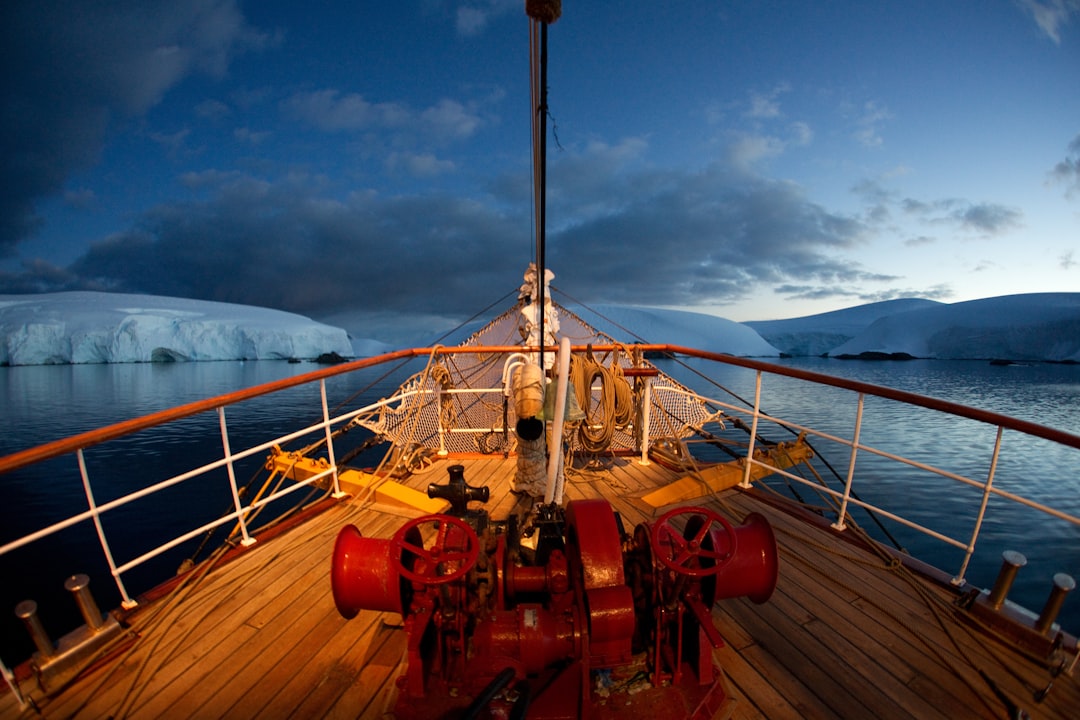The Drake Passage, a body of water that separates South America from Antarctica, is renowned for its tumultuous seas and rich biodiversity. Named after the English explorer Sir Francis Drake, who navigated these waters in the late 16th century, the passage has become a focal point for adventurers, scientists, and wildlife enthusiasts alike. Its unique geographical position not only serves as a critical maritime route but also plays a significant role in global oceanic currents and climate patterns.
The Drake Passage is often characterized by its unpredictable weather and challenging navigation conditions, making it both a perilous and fascinating area for exploration. As one of the most notorious stretches of water in the world, the Drake Passage has captured the imagination of many. It is often described as the place where the Atlantic and Pacific Oceans converge, creating a dynamic environment that is both beautiful and treacherous.
The passage is not merely a geographical feature; it is a vital ecological zone that supports a diverse array of marine life. From the majestic albatrosses soaring above to the whales and seals that inhabit its depths, the Drake Passage is a testament to nature’s resilience and complexity.
Key Takeaways
- The Drake Passage is a body of water between South America’s Cape Horn and the South Shetland Islands of Antarctica, known for its turbulent seas and challenging navigation.
- The Drake Passage is a crucial link between the Atlantic and Pacific Oceans, and its unique location makes it a hotspot for diverse marine wildlife, including whales, seals, and seabirds.
- The historical significance of the Drake Passage is marked by the expeditions of famous explorers like Sir Francis Drake and Charles Darwin, who navigated its treacherous waters in search of new lands and scientific discoveries.
- The weather and climate in the Drake Passage are characterized by strong winds, rough seas, and rapidly changing conditions, making it one of the most challenging maritime routes in the world.
- Scientific research and conservation efforts in the Drake Passage have led to important discoveries about climate change, oceanography, and the impact of human activities on the marine environment, while also promoting sustainable tourism and environmental protection in the region.
Geographic Location and Significance
Geographically, the Drake Passage lies between Cape Horn at the southern tip of South America and the Antarctic Peninsula. Spanning approximately 800 kilometers (500 miles) in width, it serves as a crucial link between the Atlantic and Pacific Oceans. This strategic location has made it an essential route for maritime trade and exploration, particularly for vessels traveling to and from Antarctica.
The passage’s unique positioning also influences ocean currents, contributing to the global climate system by facilitating the movement of warm and cold water masses. The significance of the Drake Passage extends beyond its role as a shipping route. It acts as a natural barrier that separates the temperate ecosystems of South America from the frigid environments of Antarctica.
This separation has led to distinct biological communities on either side, with species adapted to their respective climates. The passage is also a critical area for scientific research, as it provides insights into oceanographic processes and climate change. Understanding the dynamics of this region is vital for predicting future environmental shifts and their potential impacts on global ecosystems.
Unique Wildlife in the Drake Passage

The Drake Passage is home to an astonishing variety of wildlife, making it one of the most biodiverse marine environments on the planet. The nutrient-rich waters support an abundance of phytoplankton, which forms the base of the food chain and attracts a myriad of marine species. Among the most iconic inhabitants are various species of whales, including humpback, minke, and orca whales, which migrate through these waters in search of food.
Their presence not only captivates observers but also highlights the ecological importance of this region. In addition to whales, the Drake Passage is a haven for seabirds, particularly albatrosses and petrels. These birds are known for their impressive wingspans and remarkable flying abilities, allowing them to glide effortlessly over vast distances in search of food.
The passage also serves as a breeding ground for seals and penguins, with species such as the Antarctic fur seal and the Adélie penguin thriving in its icy waters. The unique wildlife of the Drake Passage underscores its ecological significance and emphasizes the need for conservation efforts to protect these remarkable species.
Historical Significance of the Drake Passage
| Aspect | Details |
|---|---|
| Discovery | Discovered by Sir Francis Drake in 1578 |
| Exploration | Important route for early explorers like Magellan and Shackleton |
| Scientific Significance | Key area for oceanographic and climate research |
| Maritime Importance | Crucial passage for global shipping and trade |
Historically, the Drake Passage has played a pivotal role in maritime exploration and trade. Sir Francis Drake’s expedition in 1578 marked one of the first recorded navigations through these treacherous waters, paving the way for future explorers. His journey not only demonstrated the potential for maritime routes around South America but also contributed to European knowledge of the Southern Hemisphere.
Over the centuries, numerous explorers have traversed the passage, each contributing to our understanding of this remote region. The passage has also been significant in terms of geopolitical history. During the Age of Exploration, control over maritime routes was crucial for trade and territorial claims.
The Drake Passage became a strategic point for various nations seeking to expand their influence in the Southern Hemisphere. Additionally, its challenging conditions have made it a site of numerous shipwrecks and maritime disasters, further embedding its legacy in maritime history. The stories of these voyages continue to inspire adventurers and historians alike, highlighting the enduring allure of this formidable waterway.
Weather and Climate in the Drake Passage
The weather in the Drake Passage is notoriously unpredictable, characterized by rapidly changing conditions that can shift from calm to stormy within moments. The convergence of warm and cold ocean currents creates a dynamic atmosphere that often results in high winds and rough seas. Sailors navigating these waters must be prepared for sudden squalls and turbulent waves, making it one of the most challenging maritime environments in the world.
The climate in this region is primarily influenced by its proximity to Antarctica, resulting in cold temperatures year-round. During summer months, temperatures can reach slightly above freezing, while winter brings frigid conditions that can plunge well below zero. The passage experiences frequent storms, particularly during winter months when powerful low-pressure systems sweep through.
These climatic challenges not only impact navigation but also play a crucial role in shaping the unique ecosystems found within the passage.
Expeditions and Exploration in the Drake Passage

Expeditions through the Drake Passage have long been a rite of passage for explorers and adventurers seeking to uncover its mysteries. From early navigators like Sir Francis Drake to modern-day researchers and tourists, countless individuals have braved its waters in pursuit of knowledge and adventure. Today, numerous expedition companies offer voyages through the passage, allowing travelers to experience its breathtaking landscapes and diverse wildlife firsthand.
Modern exploration has expanded beyond mere navigation; it now encompasses scientific research aimed at understanding climate change and marine ecosystems. Researchers frequently conduct studies in this region to monitor oceanographic conditions and assess their impact on global climate patterns. These expeditions not only contribute to scientific knowledge but also raise awareness about environmental issues facing this fragile ecosystem.
As more people venture into these waters, they become ambassadors for conservation efforts aimed at protecting this unique environment.
Challenges of Navigating the Drake Passage
Navigating the Drake Passage presents numerous challenges that test even the most experienced sailors. The unpredictable weather patterns can create treacherous conditions, with towering waves and strong currents posing significant risks to vessels traversing this route. The infamous “Drake Shake,” as it is colloquially known, refers to the rough seas that can arise unexpectedly, making navigation particularly perilous.
In addition to weather-related challenges, navigators must also contend with icebergs and floating sea ice during certain times of the year. These obstacles can obstruct safe passage and require careful planning and vigilance from crews.
Scientific Research and Discoveries in the Drake Passage
The Drake Passage serves as a vital site for scientific research, offering insights into oceanography, marine biology, and climate science. Researchers from around the world flock to this region to study its unique ecosystems and monitor changes resulting from climate change. The passage’s nutrient-rich waters support diverse marine life, making it an ideal location for studying food webs and species interactions.
Recent studies have revealed alarming trends related to ocean warming and acidification in the Drake Passage. These changes threaten not only local ecosystems but also have far-reaching implications for global climate patterns. By conducting research in this region, scientists aim to better understand these processes and develop strategies for mitigating their impacts.
The findings from studies conducted in the Drake Passage contribute significantly to our understanding of ocean health and inform conservation efforts aimed at preserving this critical environment.
Adventure Tourism in the Drake Passage
Adventure tourism has flourished in recent years as more travelers seek unique experiences in remote locations like the Drake Passage. Tour operators offer a range of activities, including wildlife watching, kayaking, and even polar plunges into icy waters. These excursions provide visitors with an opportunity to connect with nature while experiencing firsthand the beauty and challenges of this remarkable region.
The allure of adventure tourism in the Drake Passage lies not only in its stunning landscapes but also in its rich biodiversity. Travelers are often captivated by encounters with whales breaching nearby or seabirds soaring overhead. This growing interest in adventure tourism has led to increased awareness about conservation issues facing the region, prompting many tour operators to adopt sustainable practices that minimize their environmental impact while promoting responsible tourism.
Conservation Efforts in the Drake Passage
Conservation efforts in the Drake Passage are crucial for protecting its unique ecosystems and wildlife from human impact. Various organizations work tirelessly to raise awareness about environmental issues affecting this region, advocating for sustainable practices among tourists and researchers alike. Initiatives aimed at reducing pollution from shipping activities and promoting responsible wildlife viewing are essential components of these conservation efforts.
Additionally, international agreements such as the Antarctic Treaty System play a significant role in safeguarding this fragile environment. These agreements establish guidelines for human activity in Antarctica and surrounding waters, ensuring that conservation remains a priority amidst growing interest in exploration and tourism. By fostering collaboration among nations and organizations, conservation efforts aim to preserve the ecological integrity of the Drake Passage for future generations.
Future of the Drake Passage: Environmental Concerns and Opportunities
Looking ahead, the future of the Drake Passage presents both challenges and opportunities as environmental concerns continue to mount. Climate change poses significant threats to marine ecosystems, with rising temperatures leading to shifts in species distribution and habitat loss. As researchers strive to understand these changes better, there is an urgent need for proactive measures to mitigate their impacts on this vital region.
However, alongside these challenges lie opportunities for sustainable development and conservation initiatives that can benefit both local communities and global ecosystems. By promoting responsible tourism practices and supporting scientific research efforts, stakeholders can work together to ensure that future generations can experience the wonders of the Drake Passage while safeguarding its ecological integrity. The path forward will require collaboration among governments, scientists, conservationists, and adventurers alike as they navigate the complexities of preserving this extraordinary maritime environment amidst an ever-changing world.
The Drake Passage, a body of water located between the southern tip of South America and Antarctica, is known for its challenging sailing conditions and rich marine biodiversity. For those interested in learning more about this fascinating region, an article on MyGeoQuest provides intriguing insights and fun facts about the Drake Passage. This article delves into the history, geography, and unique environmental features of the passage, making it a must-read for geography enthusiasts and adventure seekers alike.
WATCH NOW! Drake Passage: Earth’s Deadliest Waters Revealed
FAQs
What is the Drake Passage?
The Drake Passage is the body of water between the southern tip of South America and the northern tip of the Antarctic Peninsula. It connects the Atlantic and Pacific Oceans.
Why is the Drake Passage significant?
The Drake Passage is known for its rough seas and strong winds, making it one of the most challenging and unpredictable bodies of water to navigate. It is also a critical route for the circulation of ocean currents and plays a key role in the global climate system.
What are some fun facts about the Drake Passage?
– The Drake Passage is named after the English explorer Sir Francis Drake, who is believed to be the first European to sail through the area in 1578.
– It is the shortest crossing from Antarctica to any other continent, making it a popular route for scientific research expeditions and eco-tourism.
– The wildlife in the Drake Passage is abundant, with sightings of whales, dolphins, and various seabirds being common.
– The passage is also home to a number of research stations and bases, operated by various countries for scientific exploration and monitoring of the surrounding environment.
What is the weather like in the Drake Passage?
The weather in the Drake Passage is characterized by strong winds, high waves, and rapidly changing conditions. It is known for its stormy and unpredictable nature, with the potential for extreme weather events. Travelers and researchers should be prepared for rough seas and challenging sailing conditions.
